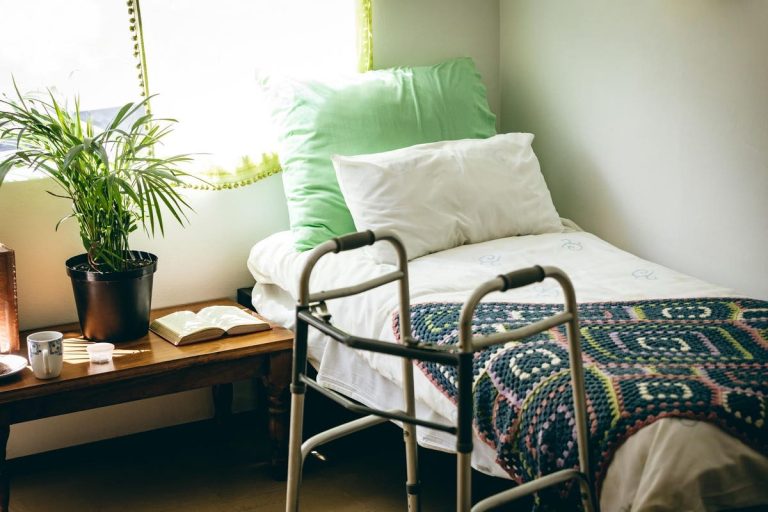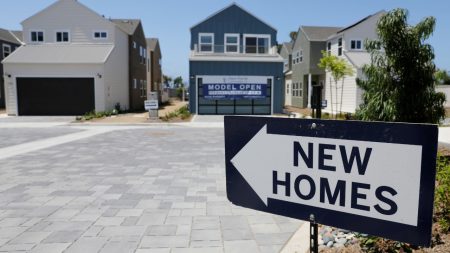It hardly is news that nursing homes are in trouble. Consumers think they are unsafe; nurses, aides, and other staff are reluctant to work for them; hundreds of facilities are shutting and others are closing beds and even entire wings because they can’t staff them. How can these multiple problems be fixed?
The Centers for Medicare and Medicaid Services (CMS) has taken a big swing—imposing minimum staffing rules on nursing facilities. That predicably has generating aggressive pushback from the industry and its friends in Congress. And it risks many unintended consequences that may worsen the quality of life for some residents.
Modest But Practical
But a private group is taking another tack: It is proposing nine relatively modest, but important and practical, steps that are aimed at improving nursing home quality. The group, called the Moving Forward Coalition, aims to achieve feasible and sustainable reforms that may help residents and be accepted by many in the industry.
To succeed, the initiatives will require a level of cooperation and goodwill among state and federal regulators, nursing home operators, staff, and residents and their families. Given decades of fraught regulatory history and some bad actors who have infected the industry, that will not be easy to achieve. But, in the real world, any workable reforms will require collaboration.
Improving Resident Lives
The proposals are aimed at enhancing the quality of patient and resident lives in several ways: Giving residents greater say in their care, improving the work environment for staff, enhancing the quality of facilities, better use of information technology, and more consistent and reliable disclosure of facility ownership.
For example, the group would:
· Develop and test a system for identifying the goals, preferences, and priorities of individual patients and residents. Eventually create a uniform way to identify these preferences and report how they are integrated into care delivery.
· Strengthen resident councils. These are required by law but often impotent and ignored by facility management. The plan would develop and test a best-practices guide.
· Create a pilot program aimed at training state nursing surveyors to evaluate person-centered care in nursing facilities.
· Create ways to incorporate workforce metrics for certified nursing assistants (CNAs) into payment by state Medicaid programs. The group would work with 1 or 2 states to include workforce improvement plans in pre-existing incentive programs.
· Identify and evaluate existing CNA training programs and create a pilot program based on best practices.
· Work with at least one state to refocus nursing home surveys on poor performing facilities while easing the recertification process for those with a history of high-quality care. The model also would include the views of residents in the process.
· Create a blueprint for states and the federal government to standardize the way they identify nursing home owners and develop a uniform system for publicly reporting that information.
· Develop a guide to help nursing homes acquire health information technologies that allow them to better share patient data with hospitals and other providers. Today, many nursing facilities are unable to meet health IT standards.
· Work with multiple federal agencies to help facilities finance capital improvements and new residential designs. The group suggested a special focus on modernizing existing loan programs from the federal Department of Housing and Urban Development.
The proposals are a small subset of the hundreds of recommendations made in 2022 by the National Academies of Science, Engineering, and Medicine. That report was an excellent diagnosis of the problem, but its 600+ pages of proposals was overwhelming. And its size alone made it impossible to understand which reforms were most important.
Jumpstarting Reform
The new group is funded by the John A. Hartford Foundation and has the strong backing of many consumer, worker, and industry groups. They include Leading Age, the trade group that represents mostly non-profit nursing facilities. The American Health Care Association (AHCA), a larger organization that represents mostly for-profits, is not participating. Full disclosure: I was one of many people interviewed by the group as it developed its priorities.
This initiative won’t satisfy many consumer advocates, who think the reforms are far too modest. And it won’t please those nursing home operators and their lobbyists who insist that the only solutions to the industry’s problems are more government money and less regulation.
But in nine small ways, these proposals are an opportunity to jumpstart the process of improving the quality of life for nursing home residents. And perhaps to save the facilities themselves.
Read the full article here









